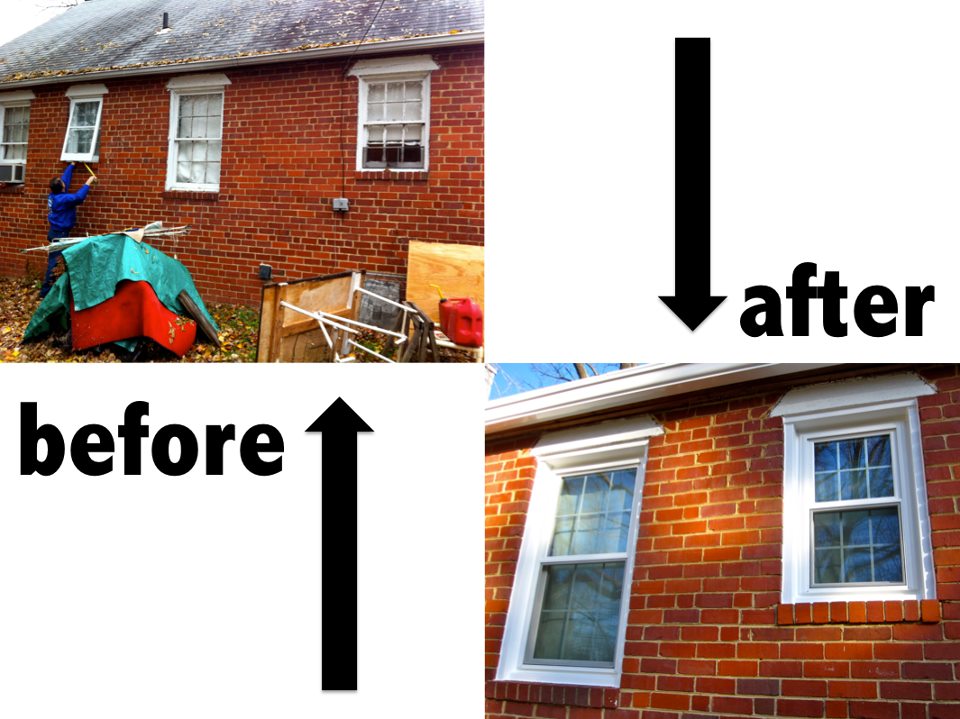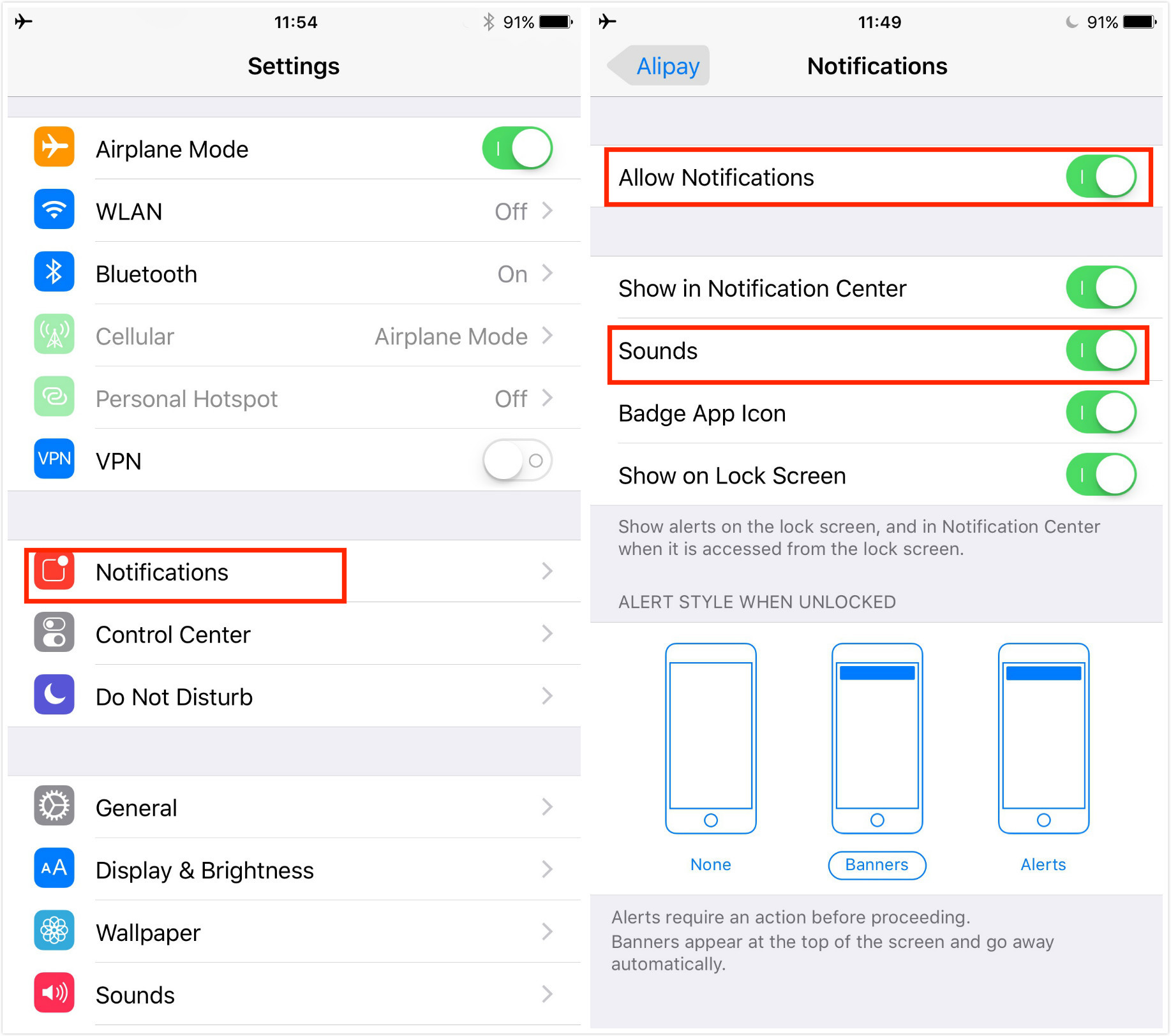If your existing Windows 10 PC is running Windows 10 20H1 or later and meets the minimum hardware specificationsit will be able to upgrade to Windows 11. The upgrade rollout plan is still being finalized, but for most devices already in use today, we expect it to be ready sometime in early 2022. Not all Windows 10 PCs that are eligible to upgrade will be offered to upgrade at the same time. To see if your PC is eligible to upgrade, refer to our knowledge base for a list of tested systems. Once the upgrade rollout has started, you can check if it is ready for your device by going to Settings/Windows Updates. Similar to how end users are notified when updates are available in Windows 10, end users will see an indication in the notification areas of the taskbar in the bottom right, that the upgrade is available.
More information on how that is presented will be available at a later date. Additional desktop notification options may be also be added at a later date. If your existing Windows 10 PC is running Windows 10 20H1 or later and meets the minimum hardware specifications it will be able to upgrade to Windows 11. To see if your PC is eligible to upgrade, refer to the specifications here.
Warren noted that he rarely used the Widgets panel or Microsoft Teams, citing that he preferred the weather display that later versions of Windows 10 offered, and didn't use Teams to communicate with his friends and family. He also acknowledged the expansion of Microsoft Store to include more "traditional" desktop applications. Overall, he concluded that "I wouldn't rush out to upgrade to Windows 11, but I also wouldn't avoid it. After all, Windows 11 still feels familiar and underneath all the UI changes, it's the same Windows we've had for decades." If your existing Windows 10 PC is running the most current version of Windows 10 and meets the minimum hardware specifications it will be able to upgrade to Windows 11. Not all Windows 10 PCs that are eligible to upgrade to Windows 11 will be offered to upgrade at the same time.
To see if your PC is eligible to upgrade, download the PC Health Check app. In October 2019, Microsoft announced "Windows 10X", a future edition of Windows 10 designed exclusively for dual-touchscreen devices such as the then-upcoming Surface Neo. Legacy Windows applications would also be required to run in "containers" to ensure performance and power optimization. Microsoft stated that it planned to release Windows 10X devices by the end of 2020. Internet Explorer has been replaced by the Chromium-based Microsoft Edge as the default web browser, and Microsoft Teams is integrated into the Windows shell.
Microsoft also announced plans to allow more flexibility in software that can be distributed via Microsoft Store, and to support Android apps on Windows 11 . Cunningham concluded that "as I've dug into and learned its ins and outs for this review, I've warmed to it more", but argued that the OS was facing similar "public perception" issues to Windows Vista and Windows 8. A redesigned user interface is present frequently throughout the operating system, building upon Fluent Design System; translucency, shadows, a new color palette, and rounded geometry are prevalent throughout the UI. Perhaps the most important thing to know about the release of Windows 11 is that we should expect it to change significantly over the next few years.
I've been using beta versions of Windows 11 for a month in the lead-up to writing this review, and it seems like every few days there's a minor new feature or redesigned app to check out. We may not see that feature fully realized in Windows until next year. With Microsoft set to reveal a new iteration of its desktop operating system in the coming days, what does that means for those who have Windows 10 installed on their machine and don't want to upgrade?
Well, the good news is that Microsoft won't force you to upgrade the software on your laptop or desktop PC anytime soon. Ahead of the event this week, the Redmond-based company confirmed that Windows 10 will be supported until October 14, 2025. Original equipment manufacturers can still ship computers without a TPM 2.0 coprocessor upon Microsoft's approval. Some third-party software may refuse to run on unsupported configurations of Windows 11. While it will issue regular updates for security and bug fixes, splashy new features are reserved for an annual upgrade, which also comes with a new moniker.
Later this year, macOS Monterey is set to bring the ability to move the mouse cursor from to iPad, MacBook and iMac devices signed in with the same Apple ID to drag-and-drop and copy-paste across machines. There's also improvements to Apple Maps, background noise removal in FaceTime, and a number of other tweaks. Windows 11 has higher technical requirements than Windows 10, is possible to install Windows 11 on devices that don't meet the minimum requirements. Upgrading unsupported hardware to Windows 11 will require you to install the update manually using an ISO.
There is a different set of minimum minimum requirements your PC will have to meet including 4GB of RAM, 64GB of storage space, and two-core 64-bit 1 GHz processor. Hover your mouse pointer over the maximize window icon and you get a choice to snap the window to the left or right of the screen, or a variety of different configurations. These screen configurations are available in Windows 10, but they are now much easier to find and makes working with multiple windows much easier. Windows 11 is here, though it remains an optional upgrade for anyone on existing desktops and laptops that are eligible for it.
New PCs will increasingly begin shipping with Windows 11 pre-installed, so adoption rates will gradually rise in 2022 and beyond. If you're tempted to try Windows 11 on a supported PC you own, or will purchase a new machine with Microsoft's latest OS soon, you may be wondering if and how it will affect performance with the apps you use every day. At least 16GB of RAM The basic system requirements of Windows 11 differ significantly from Windows 10. Windows 11 only supports 64-bit systems such as those using an x86-64 or ARM64 processor; IA-32 processors are no longer supported.
Thus, Windows 11 is the first ever consumer version of Windows not to support 32-bit processors and 16-bit software . The minimum RAM and storage requirements were also increased; Windows 11 now requires at least 4GB of RAM and 64GB of storage. The compatibility list includes the Intel Core i7-7820HQ, a seventh-generation processor used by the Surface Studio 2, although only on devices that shipped with DCH-based drivers. Windows 11 SE was announced on November 9, 2021, as an edition exclusively for low-end devices sold in the education market, and a successor to Windows 10 S. It is bundled with applications such as Microsoft Office for Microsoft 365, Minecraft Education Edition, and Flipgrid, while OneDrive is used to save files by default. Windows 11 SE does not include Microsoft Store; third-party software is provisioned or installed by administrators.
As part of the minimum system requirements, Windows 11 only runs on devices with a Trusted Platform Module 2.0 security coprocessor. According to Microsoft, the TPM 2.0 coprocessor is a "critical building block" for protection against firmware and hardware attacks. In addition, Microsoft now requires devices with Windows 11 to include virtualization-based security , hypervisor-protected code integrity , and Secure Boot built-in and enabled by default. The operating system also features hardware-enforced stack protection for supported Intel and AMD processors for protection against zero-day exploits. If the Microsoft Surface family of products isn't your style though, other brands like Dell, Asus and HP have all released pages online that specify what devices are Windows 11 ready.
Note that many won't come with the new operating system installed, but as they all meet the minimum system requirements, you can simply buy the laptop or 2-in-1 as normal and then update it yourself. Windows Widgets are back in Windows 11, accessible via the dock, with Microsoft touting AI-powered dynamic features that enable widgets, as with the Start menu, to change depending on the apps you're using and the time of day. On the touchscreen, you can slide from the left on the desktop to have widgets appear.
Until recently, Microsoft had developed its own unique release strategy – with two feature-packed updates coming to Windows 10 users each year. The first would launch in the spring, with a second following sometime in the autumn. In the early days of the desktop operating system, these brought new applications, new designs, and new feature galore. However, in recent years, the releases have become a little more subdued. Next, Microsoft says it will look at hardware eligibility, reliability metrics and other factors on existing Windows 10 devices to determine when to offer the latest OS through Windows Update.
It's a similar approach to how the company has handled Windows 10 feature updates over the years. You can find out whether your device is compatible using the PC Health Check app. Most Windows 10 PCs currently being sold will be able to upgrade to Windows 11. For the PC to be able to upgrade to Windows 11, it must meet the minimum hardware specifications and specific hardware is required for some features. The upgrade rollout plan is still being finalized but is scheduled to begin late in 2021 and continue into 2022. Windows 11 makes a number of major UI shifts including a new start menu without live tiles.
You'll have quicker access to pinned apps and recent files, but fans of Cortana will be disappointed to see Microsoft's voice assistant is being stuffed into an out-of-the-way app. The Windows Store will get a major update, as well, with support for more application types and payment methods. Those who have managed to get a hold of the Windows 11 iso or beta version report that the new design is refreshing. Icons are livelier, and menus appear to have slightly rounded edges. The app transitions and animations appear to be seamless, delivering a better experience for users. However, these are not all the changes that would come with the next generation of windows as more details would be revealed through the official event.
Windows 11 will be provided as a free update to all eligible devices that are currently running Windows 10. Eligibility for automatic upgrade is based on certain minimum hardware requirements. Unveiled in June, Windows 11 is designed as Microsoft's most advanced operating system for PCs. The new version brings a fresh user interface that includes a centrally aligned Start menu and upgraded fonts as well as notification sounds. It also integrates Microsoft Teams to let users connect with others over chat, voice, or video calls. Windows 11 also improves multitasking with Snap Layouts and Groups.
It also supports multiple desktops and carries a range of accessibility features such as Narrator, Magnifier, Closed Captions, and Windows Speech Recognition. The short answer is no, Microsoft isn't going to force anyone to upgrade to Windows 11. Starting with Windows 10 version 1903, the Redmond firm stopped forcing people to install feature updates.
This came after a disastrous Windows 10 version 1809 that actually deleted some users' files. Most Windows 10 PCs currently being sold will be able to upgrade to New Windows. For the PC to be able to upgrade to New Windows, it must meet the minimum hardware specifications and specific hardware is required for some features found here. The upgrade rollout plan is still being finalised but is scheduled to begin late in 2021 and continue into 2022. You can refer to our knowledge base for a list of tested systems to determine if your device eligible to upgrade to Windows -11. Many PCs that are less than four years old will be able to upgrade to Windows 11.
They must be running 20H1 or later version of Windows 10 and meet the minimum hardware requirements to receive the Windows 11 upgrade. Citing security considerations, the system requirements for Windows 11 were increased over Windows 10. While the OS can be installed on unsupported processors, Microsoft does not guarantee the availability of updates.
Windows 11 also drops support for 32-bit x86 CPUs and devices which use BIOS firmware. Despite the imminent launch date, the upgrade process will be slow, Microsoft says. Updates will be offered initially to new Windows 10 PCs/laptops and will then roll out to older eligible devices based on a few different parameters, including things like the age of the product and its internal hardware. Microsoft expects to have finished the bulk of the Windows 11 upgrade by "mid-2022". Windows 11 brings a refreshed user interface, better performance and security, and a variety of new features. Based on my initial experience using a review version of Windows 11 for the past two days, it's a solid upgrade with some nice benefits, but not a drop-everything-and-get-this update for Windows 10 users.
Overall, the whole design is being compared with Windows 10X, the OS Microsoft never completed. It was primarily being designed to offer better usability with touch displays and dual-screen devices to rival Chrome OS. Instead of being a completely new version of Windows, it is a more refined version of Windows 10. The Windows 11 upgrade would be free for Windows 10 users for a smooth transition. However, if a user is currently using Windows 8, updating to Windows 8.1 would make them eligible for Windows 11 free update. From what it looks like, Windows 11 upgrade comes with quite a few visual changes. For instance, the iconic Start Menu has been redesigned as a box that appears in the screen's centre, with recent app tiles on the top and a general setting at the bottom.
It looks like Microsoft has removed live tiles from the Start menu. However, if a user wishes to align the icons to the left, it can be done. Secondly, the alignment of app icons on the taskbar is now in the centre .
Any major operating system upgrade comes with an element of risk, and while I've not seen reports of any serious Windows 11 upgrade flaws yet, there's always the chance it will snag on your particular system. If you've got a stable Windows 10 installation and none of the new features are desperately appealing, why take the risk? Windows 10 will be supported with security updates until late 2025, so there's no rush to move. By the time 2025 rolls round, you'll likely be eyeing up a new PC anyway.
In all likelihood, we would expect Microsoft to continue with the path it started walking down on in 2015. Windows 11, or whatever it is called, will be a free upgrade at least for PCs running Windows 10. There may be some routes for upgrading Windows 8.1 and Windows 7 machines, specifications and hardware permitting. It is unlikely that Microsoft would want to be seen making upgrades difficult for customers, at a time when Mac users have it incredibly easy with macOS updates. The timing is such, Windows 11 after all its testing, will likely roll out in Fall this year. That is when this year's big macOS update, called macOS Monterey, will also be rolling out for Mac users.
The much-awaited next generation of Microsoft Windows is very much on its way. There is a supposed leaked build doing rounds too, though we'd strongly suggest you do not install that on your PC, purely because it is not official, and we don't know where all it's been. Yet the question of the upgrade to the next Windows will crop up sooner or later. Will it be a free upgrade, as in your simply download and install it on your PC once the consumer rollout happens? Microsoft said the launch will be "phased and measured," with new eligible devices getting the upgrade first and the rest getting offered the free upgrade sometime between October and mid-2022. Microsoft is making sure that those who purchase a new laptop prior to Windows 11 being pre-installed by manufacturers will be able to update first.
To see if your PC is eligible to upgrade, refer to our supported computer lists. All HUAWEI PCs with Windows 10 currently being sold on HUAWEI Consumer BG website will be able to upgrade to Windows 11. Upgrades to Windows 11 will begin to roll out late in 2021 and continue into 2022. During this time, we will be doing some behind the scenes testing and validating for your specific PC. Windows Update will provide an indication if and when your PC is eligible. All Dell PCs with Windows 10 currently being sold on dell.com will be able to upgrade to Windows 11.
The taskbar's buttons are center-aligned by default, and it is permanently pinned to the bottom edge of the screen; it cannot be moved to the top, left, or right edges of the screen as in previous versions of Windows. The "Widgets" button on the taskbar displays a panel with Microsoft Start, a news aggregator with personalized stories and content (expanding upon the "news and interests" panel introduced in later builds of Windows 10). Microsoft Teams is similarly integrated with the taskbar, with a pop-up showing a list of recent conversations. Microsoft will let you know when Windows 11 is ready for your system via the Windows Update Settings page or when you check for updates.
The company expects to offer the upgrade to all eligible Windows 10 devices by mid-2022. There is a way to install Windows 11 on unsupported hardware, but we wouldn't recommend it. Although Microsoft hasn't confirmed it, the company has heavily implied that unsupported users won't receive critical security updates. If you still want to install, you can do so using the Media Creation Tool, which bypasses hardware checks. Windows 11 is the next major version of the Windows operating system that Microsoft plans to release this year.
The launch of this OS marks exactly six years since the company last released a new version of windows. Microsoft has not released another version of Windows for quite some time because Windows 10 was a continuously updated operating system. A new Windows 11 upgrade is the ability to snap an application window with the maximize button. While Windows 10 also has such features, the new method appears to be more efficient and sophisticated, using which apps can be arranged in a systematic order on the desktop, if need be.






















